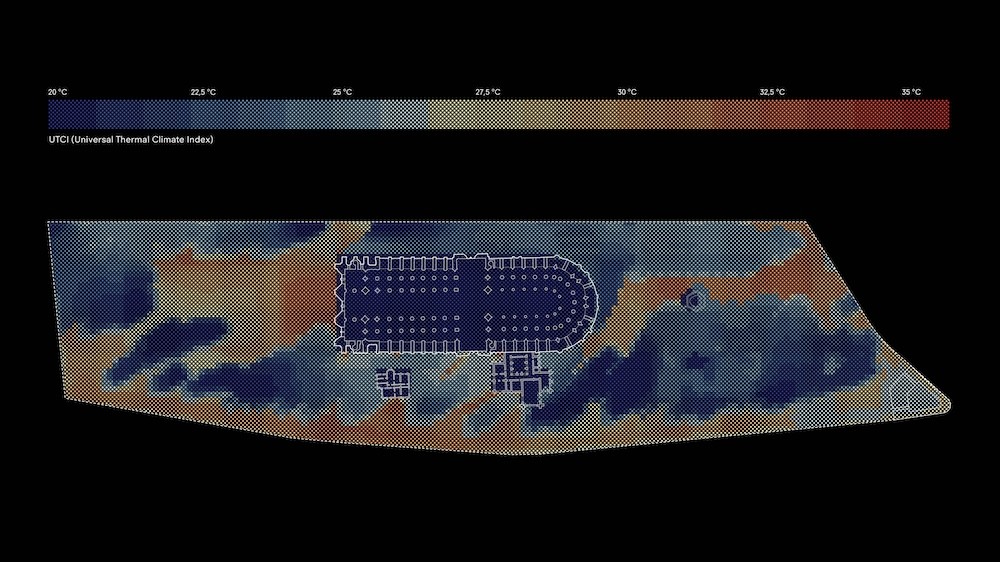Bas Smets
A city can be understood as an aggregation of artificial climates. Buildings alter wind patterns and modulate sunlight exposure, while streetscapes modify runoff and affect soil permeability. Within this artificial environment, landscape architects can create microclimates with intention, treating the city as a living laboratory. Informed by the detailed study of how plants and other organisms transform their natural environments over time, landscape architects introduce vegetation into the urban fabric as an agent of change. The resulting new microclimates make the built environment more resilient in the face of the steadily growing crisis of the macroclimate.
Just as natural ecosystems alter the land on which they develop, urban ecologies have the capacity to reshape the environment in powerful ways. Living matter, as Vladimir Vernadsky observed, can act as a geological force. At the thin interface between an uncertain climate above and a malleable geology below, urban ecologies are critical zones of life. Maintained and reproduced carefully, these ecologies can be resources for a sustainable future.
This exhibition of projects and research by Bas Smets illustrates how new urban ecologies can be conceived and constructed. A selection of three major projects from Smets’s international practice demonstrates how landscape architecture can respond to different challenges of the climate crises: from the enhancement of outdoor comfort and reduction of the perceived temperature around Notre-Dame in Paris, to the transformation of a sterile wasteland in Arles into a self-sustaining ecology, to the creation of an embankment park that mitigates the rise of water levels in Antwerp. What these projects hold in common is a commitment to solution-based design grounded in scientific research.
Appointed as a Professor in Practice at the Harvard Graduate School of Design in 2023, Smets is conducting a five-year research program into the climatic resilience of cities with his studio, “Biospheric Urbanism.” The students’ projects for two case studies, on New York City and Paris, are exhibited as an illustration of his methodology. The case studies and the projects demonstrate how any given city offers the opportunity to rethink the built environment as an urban ecology that produces microclimates.
Bas Smets is the founder and principal of Bureau Bas Smets (Brussels & Paris)
He is Professor in Practice at the Graduate School of Design of Harvard University
